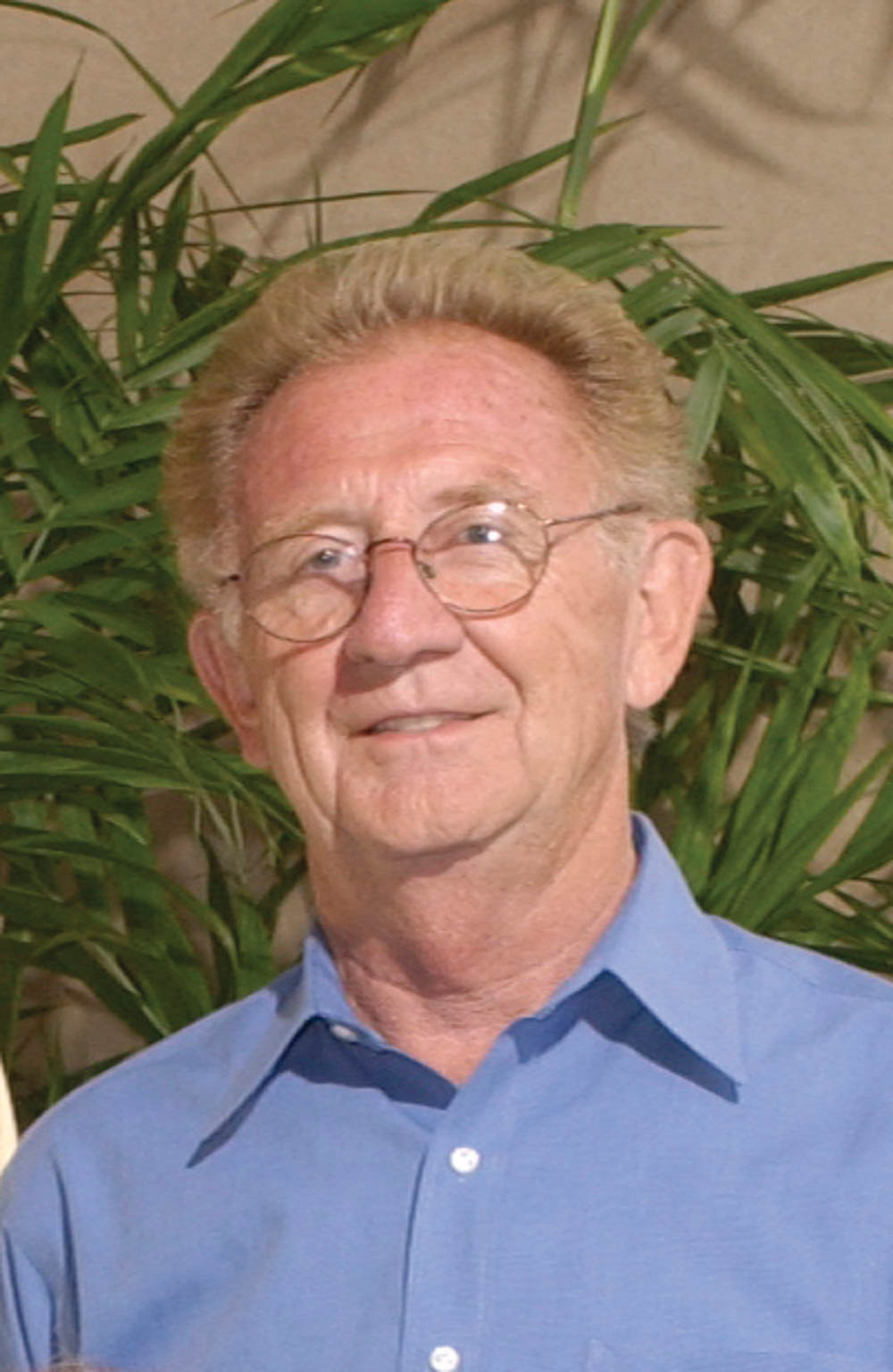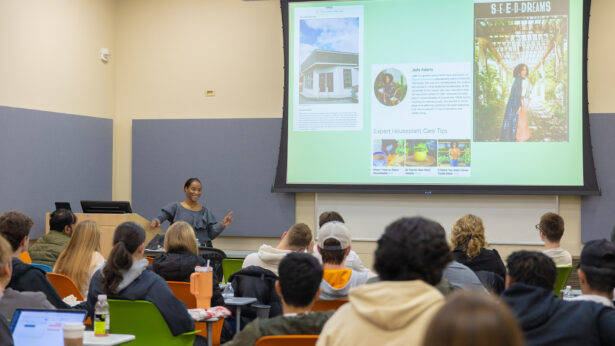
If you’ve ever undergone a PET or CT scan, you can thank Ron Nutt for the technology.
After earning bachelor’s, master’s and doctoral degrees in electrical engineering, Nutt became an Oak Ridge National Laboratory researcher and taught electrical engineering at UT.
From 1969 to 1979, Nutt developed innovations in nuclear physics instrumentation. He also co-founded and helped start companies, including Technology for Energy Corporation, Radio Systems Corporation and Delta M Corporation. In 1983, Nutt and four other scientists launched CTI Molecular Imaging to produce and market PET scanners.
A PET—or positron emission tomography—scan makes computerized pictures of the body that doctors use to determine the location and extent of disease. CT—or computed tomography—scans were developed before PET scans and give an anatomical view of the body, while PET scans give a metabolic or chemical view.
In 1995, Nutt and technical staff of CTI built the first device to combine PET and CT technology. The U.S. FDA approved it in 1999, and in 2000, the PET/CT scanner Nutt helped create was named Time magazine’s medical invention of the year.
In 2005, Siemens bought CTI. In 2006, Nutt and his wife, Lynda, co-founded Advanced Biomarker Technologies to expand worldwide access to PET.
Nutt, a fellow of the Institute of Electrical and Electronics Engineers, was awarded its Medal for Innovation in Healthcare Technology in 2010. He has more than 40 molecular imaging patents.
Nutt’s family has established three major endowments at UT—the Randall Keith Nutt Engineering Scholarship Endowment, in honor of Nutt’s son who died after his freshman year; an image formation and processing fellowship; and an engineering scholarship. In conjunction with fellow alumni and former CTI founding partners, Nutt established the CTI Chair in Electrical Engineering and Computer Science.


